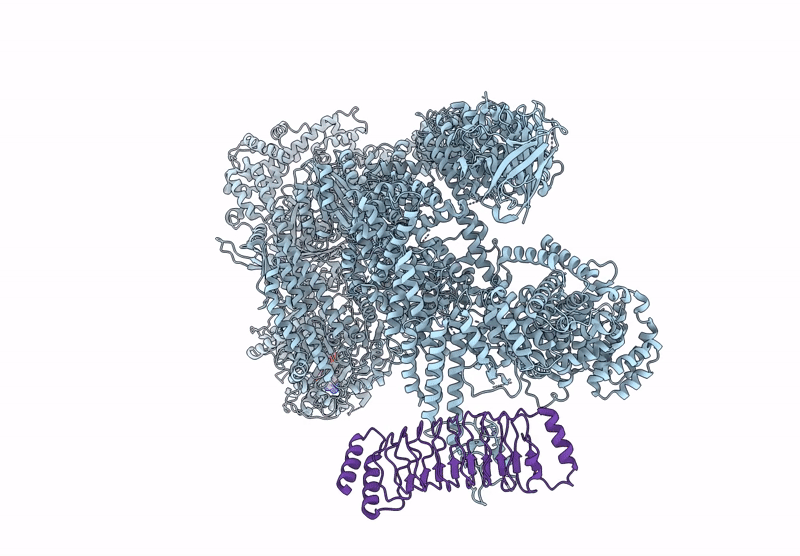
Deposition Date
2024-07-07
Release Date
2025-04-16
Last Version Date
2025-10-01
Entry Detail
PDB ID:
9G09
Keywords:
Title:
Structure of human RNF213 bound to the secreted effector IpaH2.5 from Shigella flexneri
Biological Source:
Source Organism:
Shigella flexneri 5a str. M90T (Taxon ID: 1086030)
Homo sapiens (Taxon ID: 9606)
Homo sapiens (Taxon ID: 9606)
Host Organism:
Method Details:
Experimental Method:
Resolution:
3.40 Å
Aggregation State:
PARTICLE
Reconstruction Method:
SINGLE PARTICLE


